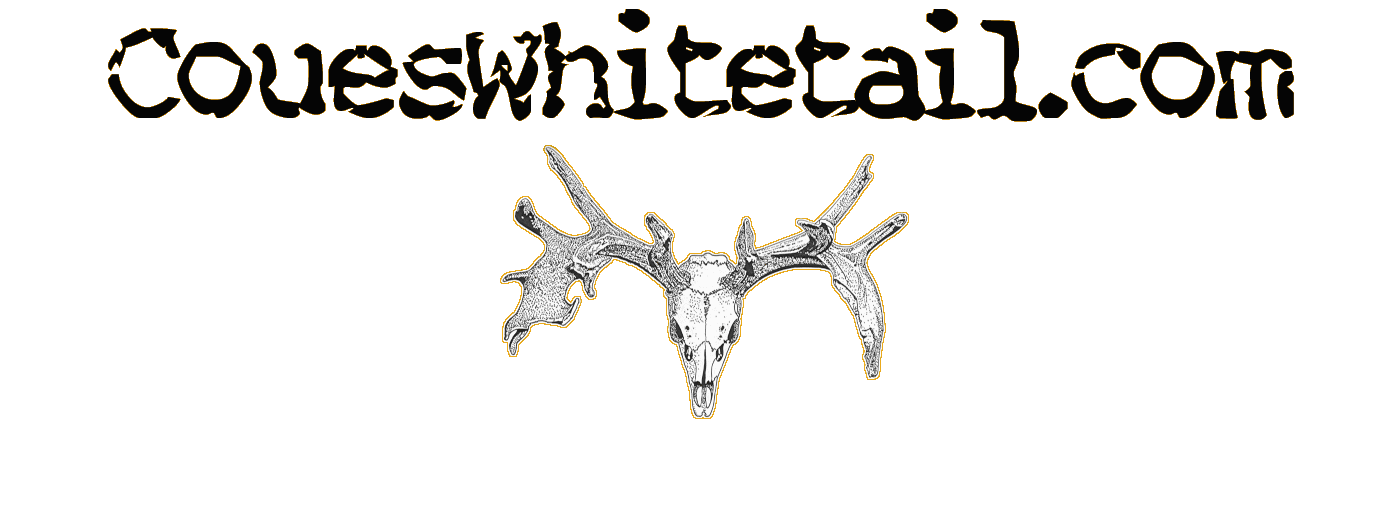Predator control
71 members have voted
-
1. Are predators the most limiting factor for our deer herd?
-
Yes27
-
No44
-
-
2. Should the G&F have a predator control program with the goal to increase the number of deer?
-
Yes47
-
No24
-
-
3. Do hunters make a significant impact of predator species populations to benifit the deer populations?
-
Yes22
-
No49
-

